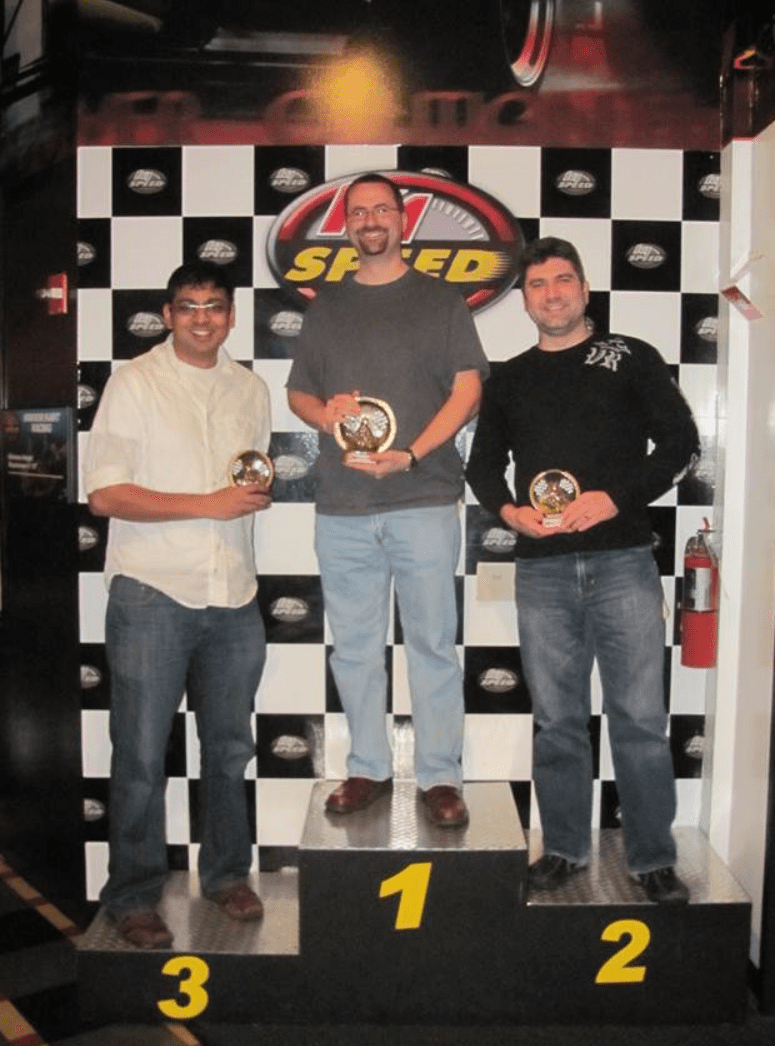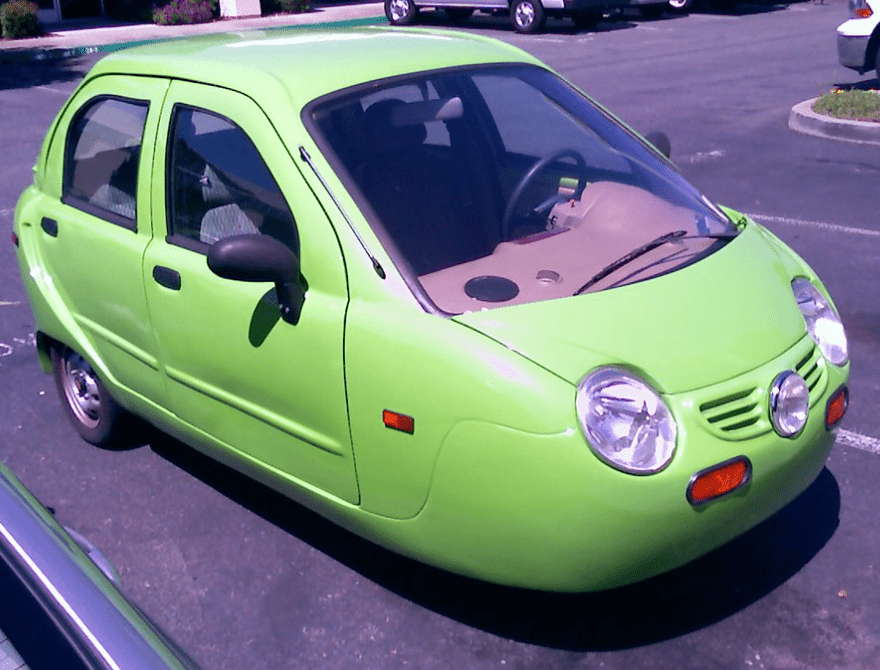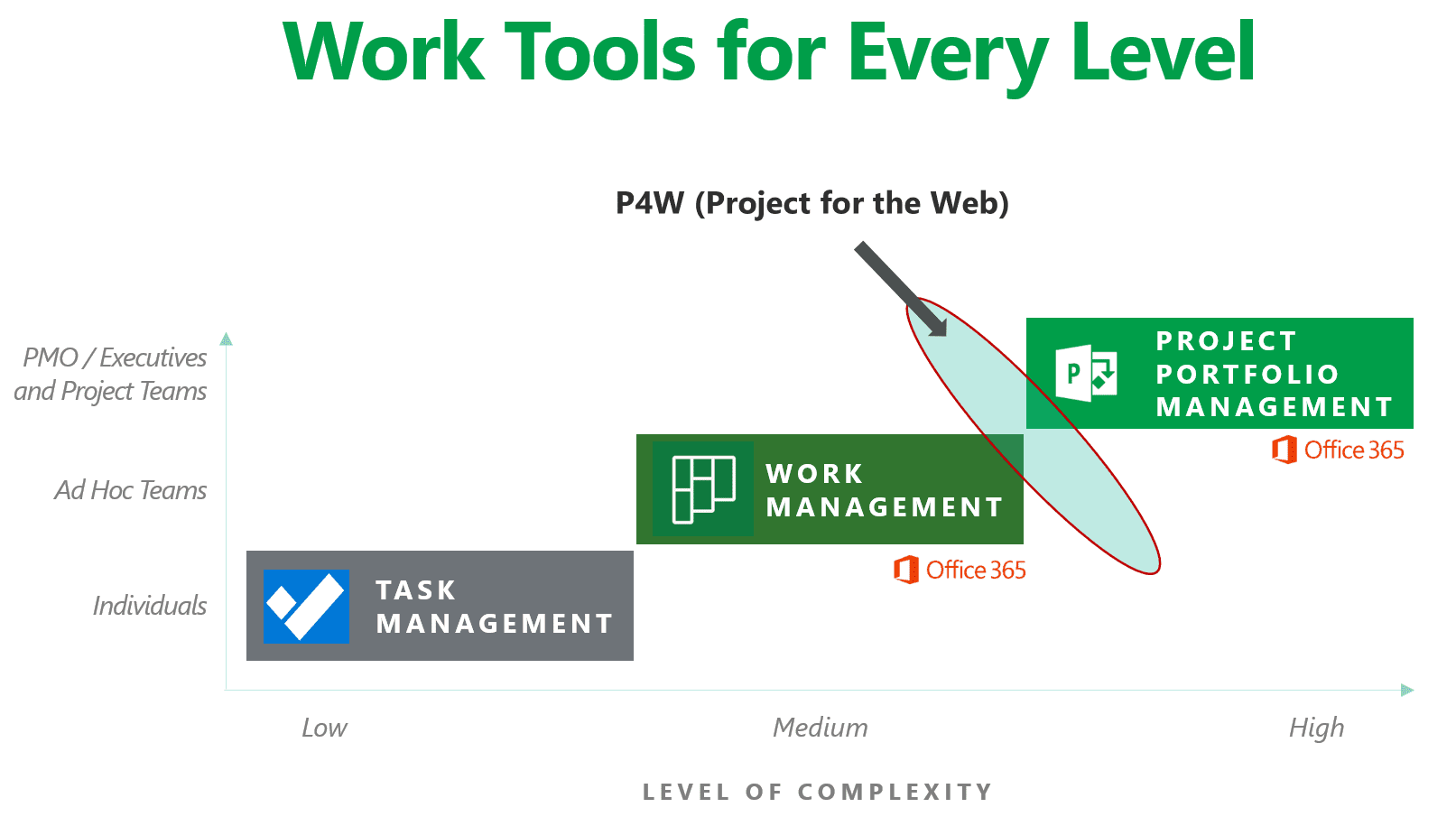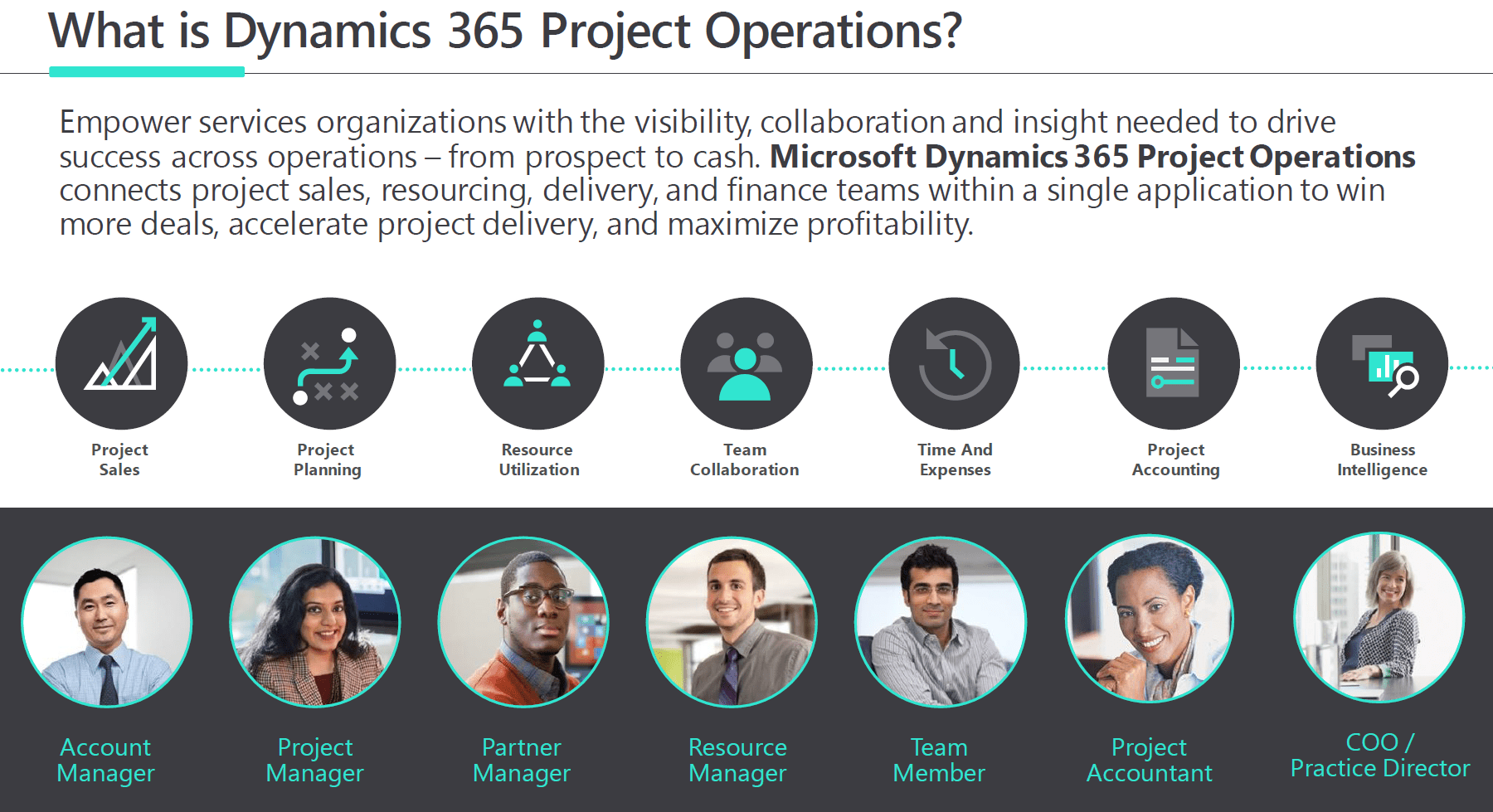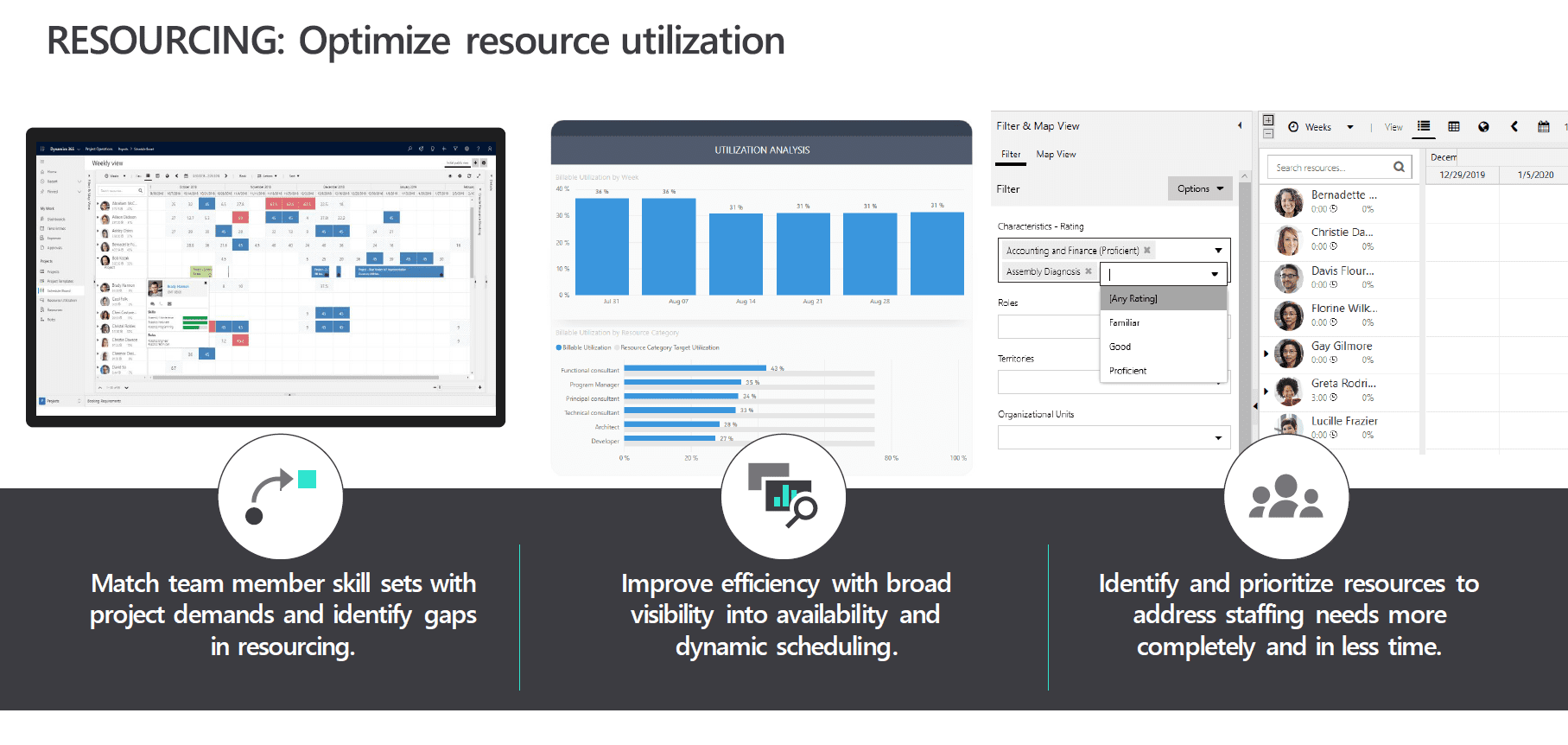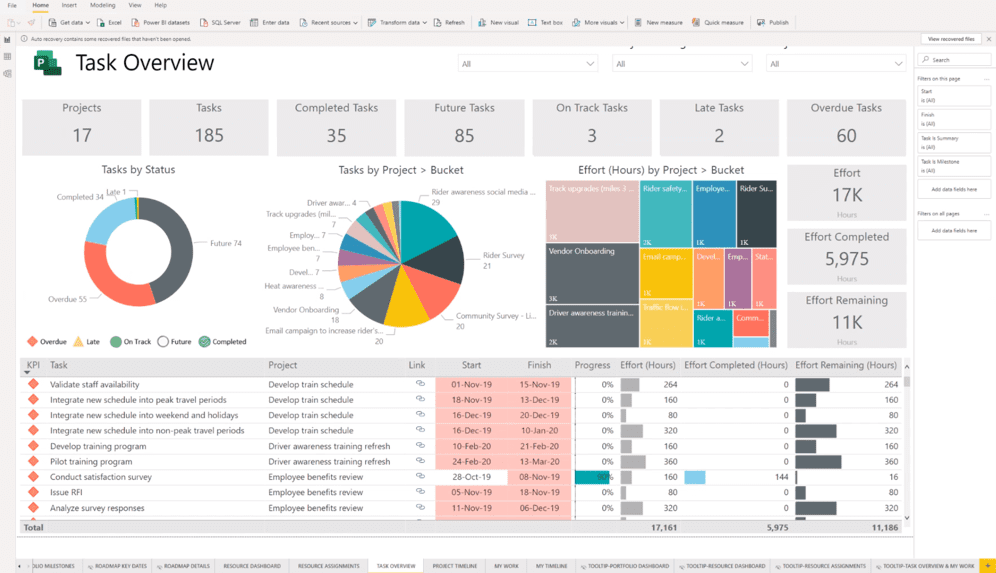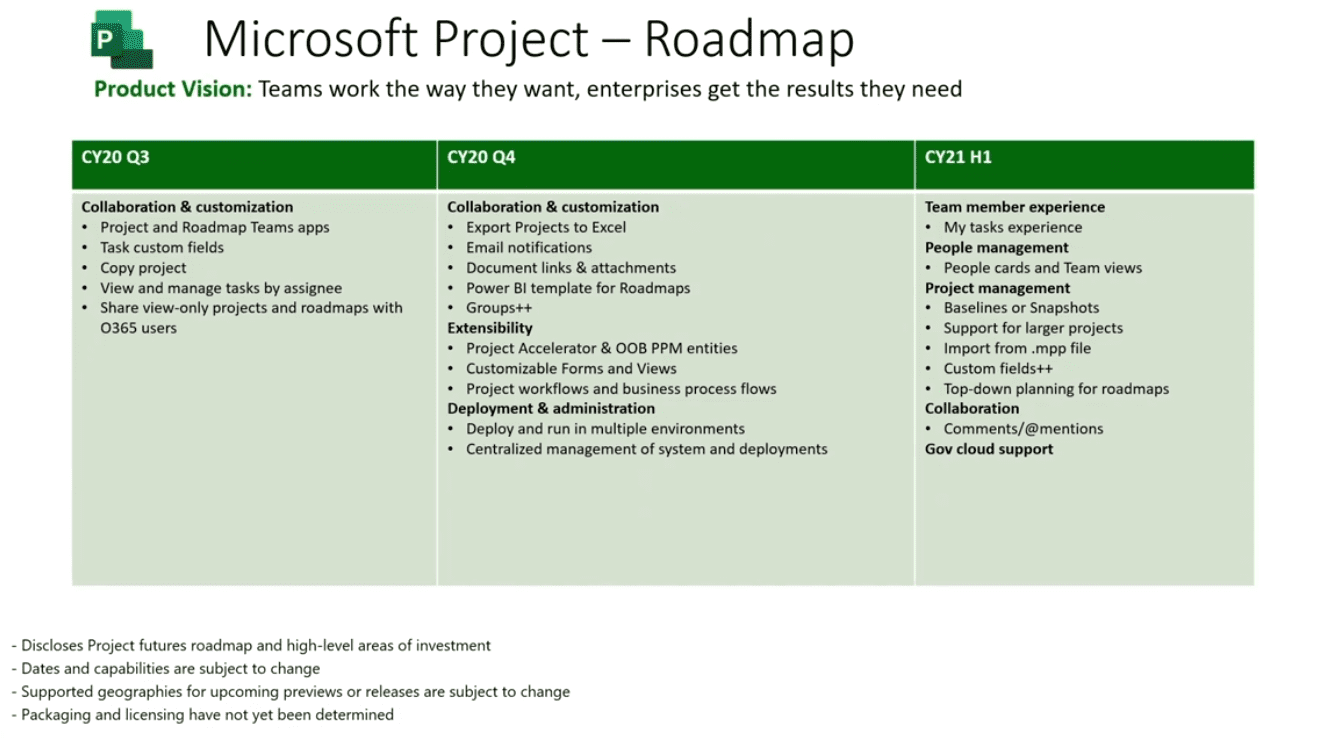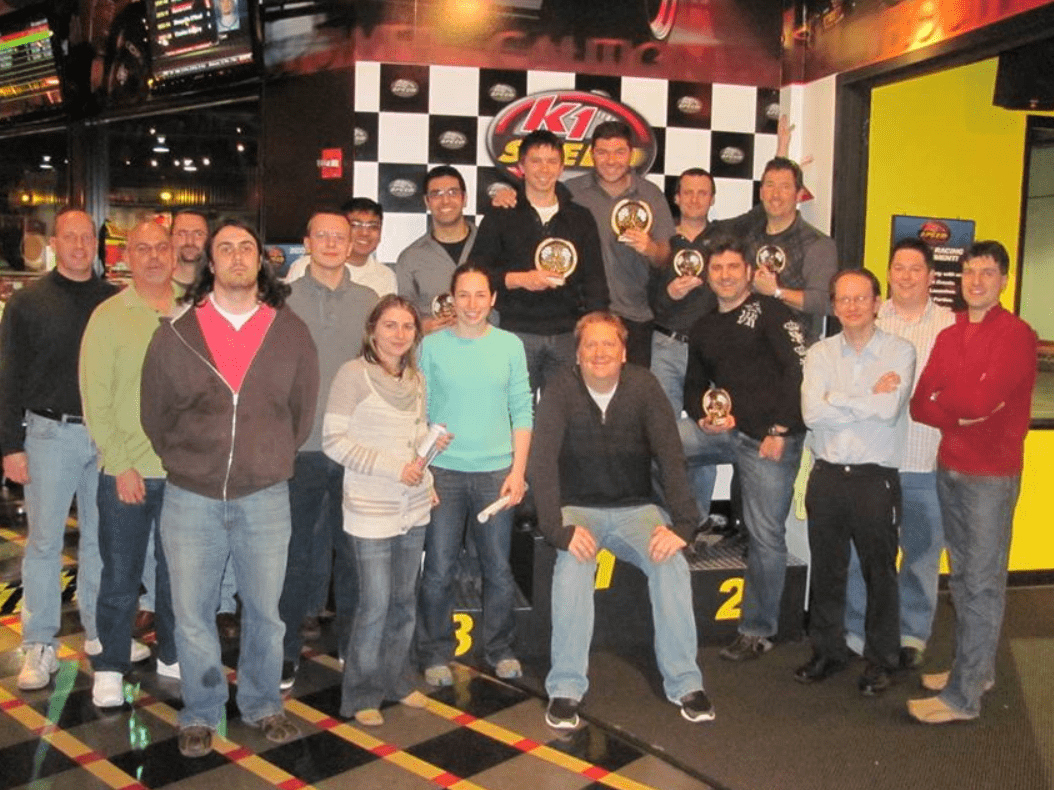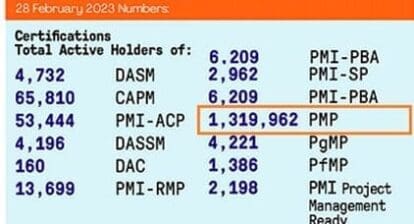I’d like to start this piece with a statement, “Hybrid is good.” Today’s business is one dominated by productivity demand and compounded with tight budgets and a remote workforce. People are needing better and easier-to-use tools to help keep them on track and productive, while centralizing their project information, documentation, and collaboration spaces for the support of multiple projects and programs.
So, how might a hybrid solution be the right approach, asks the Project MVP, who firmly believes in the centralization of data and a “One Version of the Truth” approach to managing information.
A hybrid model doesn’t necessarily mean you have to give up the centralized reporting. Instead, it’s the concept of using the right tools for the job. Many use the Office 365 platform to weave together a solution which increases productivity for their organization.
Those who know me well are likely shocked to hear me even utter the phrase, “Hybrid is good.”
“How can this be?” they might say, “We never thought we’d see Indy car racer, Tim Runcie, driving a hybrid! He loves the roar of a good 8-cylinder muscle car. He would never utter these words… He’s a MOPAR favoring, motorcycle racing, and muscle car driving guy, this just can’t be!”
Well, yes, I’m here to utter these blasphemous words… “Hybrid is good.”
It’s true, I raced motorcycles for years and the phrase from Top Gun, “I feel the Need for Speed,” didn’t die when I left the movie theatre with the Kenny Loggins tune “Danger Zone” ringing in my ears.
If you want a glimpse into my love for anything but “hybrid” and then to understand where my mindset began to change, a small glimpse into my past will help.
I can trace my roots of disdain for hybrid or electric cars back to Benson Polytechnic High School. My alma mater was founded by Simon Benson, a notable timber baron who wanted to help keep the blue-collar trades alive. Classes covering machine shop, engineering, pattern, foundry, automotive, electric, electronics, and building construction were the norm, and Simon Benson dedicated a portion of his fortune to not only having a school built that taught the arts and sciences, but the love of trade skills to his students. Over the years this included welding, printing, mechanical and architectural drafting, medical, dental, and radio careers.
In high school, I was in heaven. I learned how to build houses, enjoyed the smell of acetylene, and got my hands greasy in automotive class, all while still learning reading, writing, and arithmetic. There was something raw and powerful about studying history, after just donning protective heat shields and fire retarding clothing and turning metal to liquid at 3,000 degrees Fahrenheit. The bigger, louder, and hotter, the better, right?
Again, why would I ever think that hybrid was good? Wasn’t I the guy who, when speaking to a police officer late one night at a traffic stop, couldn’t resist asking about the new Dodge Charger pursuit cars and “if he liked all that power.” I watched his face change from the boring doldrum of ticket writing to an impish grin of delight and excitement which revealed just how much power that charger had under the hood and how much torque was to be had.
What stuck with me most wasn’t the fact that I got out of a ticket, but the disdainful laugh and answer I got from the officer when I asked, “How’s the gas mileage?” and he answered, “Who cares?”
From that moment on, I wanted to have a Dodge Charger or Challenger, something with a Hemi, or at least over 420 horsepower to drive. I wanted something that growled when you turned it, roared when you stepped on the gas, and if necessary, would single handedly keep the oil and gas companies financed fueling my dark steed of thunderous power.
Again, why would I suddenly be saying, “Hybrid is good”? Well, I can think back to where this thought came into being.
It wasn’t in high school when the only electric car was a green box with four-wheels that could go about 20 miles after charging it for 20 days. It wasn’t from seeing one of very best friends (some people still think we are brothers to this day) buy a three wheeled electric car that looked like something out of a carnival or circus.
What slowly eroded my rock wall opinion of “more power is better” was an idea that started slowly and grew incrementally when I made a friend who owned one of the first hybrid cars. Watching him use the braking system to power the battery and see how far he could go before having to refuel or recharge was quite fun. He could only go a few hundred miles before having to find a charge, but the gamification of trying to extend the number of miles really had us all paying close attention to our driving. Further down the road (and years later), I sat in a TESLA with one of my Microsoft Project colleagues and felt the instant g-force acceleration like whiplash, along with the complete stealth and silence that accompanies that driving experience. Yes, this had an impact on my deeply rooted belief that speed and fun only came from 8 cylinders or more.
What slowly began changing it for me was the realization that you can find fun and excitement with a hybrid, too. It’s now always just about power and a roaring engine. Speed, quietness, and eco friendliness are important, too. Balancing distance before refueling or recharging can also actually be something you can gamify to make the driving experience more enjoyable.
So, how does this analogy reflect in our current world of project, program, and portfolio management? We certainly have a drive to help increase personal and professional productivity!
In today’s new topsy-turvy world, a hybrid solution for some of us is an option, but for many others, it is the only solution to improving team and organizational productivity. In fact, many companies, agencies, governments, and non-profits are using a “hybrid” approach for task and work management. It increases their productivity and accountability, especially now that we have a work force that is almost 100% remote or sequestered away due to COVID-19.
Microsoft has been quietly releasing key tools and solutions to better give productivity focused workers ways to manage, track, and report on progress, while simultaneously centralizing communications, collaboration, and documentation.
There are three key areas being looked at:
- Task Management
- Work Management
- Project, Program, and Portfolio Management
Toolsets break down under these areas with an ever-increasing layering, and include Project, Planner, MS ToDo, and MS Teams. We also see Dynamics and the Project Operations product included.
Finding the right tool for your organization isn’t just about doing one thing. It’s about continuity in productivity and blending the right suite of features and capabilities to deliver what it is you are being called to fulfill.
From a simple team formed to solve a single problem to a global team tackling strategic planning and managing new and existing portfolios of work, the need for common task management, tracking, and reporting is essential. What that looks like will vary based on your culture, budget, and/or the need for a low complexity solution.
All of this is possible with a myriad of solutions, or a “hybrid” approach, and this becomes much easier to leverage using the Office 365 platform. Think of Office 365 as the tool shop. The type of hammer you may need will be different depending on which job you are trying to accomplish. Pick up the right tool for the job, while knowing that if you need something larger or smaller, you can just pull it off the shelf or out of the drawer and keep on going.
Keeping track of resource utilization, burndowns of tasks, productivity, and resource availability emerge when using the current and new task and work management solutions coming out for Project Teams.
Microsoft is also connecting non-Microsoft tools to their environment through Power BI and MS Teams, so the hub of work again becomes a “hybrid” of tools, consolidated into one collaboration portal. This is done simply by adding the apps to the Teams interface.
Microsoft is actively surfacing their roadmap of both features and product releases that support task, work, and project management. George Bullock, Senior PMM with the Project Team, provided a good overview at his ignite session, Project Roadmap at MS Ignite. He also laid out some about Project Accelerator. Do note that not everyone will want to purchase all of the licensing needed for some of these solutions, but a hybrid approach will give you many options.
Here is a snapshot of Roadmap and some of the key features around supporting task, work, and collaboration management.
What is key is to find the balance of the Power Platform along with the right productivity tools. You’ve got plenty to choose from, ranging from @Mention capability coming in MS Office tools to capture tasks and push them to a planner board/group from right within the documents you are working in, to the newly released Project for the Web (Microsoft’s latest evolution and add for managing time phased schedules, but with a lighter footprint than Microsoft Project).
I still love the feeling of my muscle car (I take mine out only in the spring, summer, and fall because the wheels are always spinning due to the wet ground), but I also enjoy the game of guessing how far I can go with a hybrid or electric model before it needs a charge. Mixing up my ride solution depending on my next speaking trip, conference, or event is always a good time. Even the Microsoft Project and Planner Teams enjoy a good race and often “… feel the need, the need for speed.”
This photo shows a group of Project MVPs along with some of the Microsoft Project Team all together at K1. Notice me in the Winner’s Circle (center and right) with my trophy. 😊
You, too, can find a blend of the right tools and technology for your team using what Microsoft currently has available, as well as what they are looking to release later this year.
Be sure to watch my on-demand MPUG webinar, Leveraging the Latest Office 365 Project Tools & Capabilities. I go into more tactical approaches of what I’ve mentioned here, as well as some of the specifics about what will soon be coming into your hands to use. There are some great capabilities on deck, enabling you to be personally and professional productive in managing your workload and tasks.
Reach out and let me know how hybrids have worked for you, or if you need some coaching on what is the right “hybrid for your budget.” I love hearing your stories on how you met your productivity challenges and empower your work culture using various project management task and work management tools.
Warmest regards!

